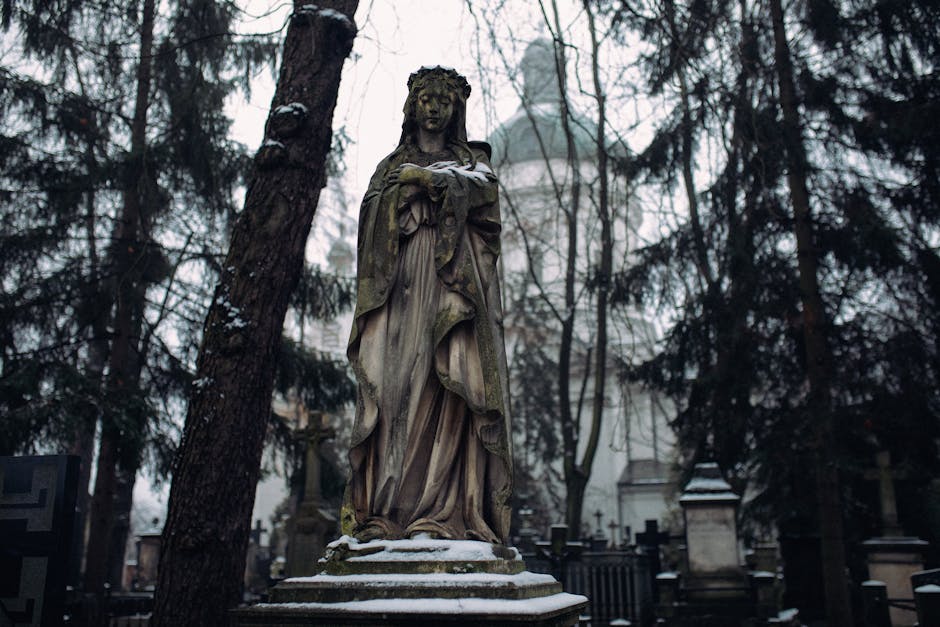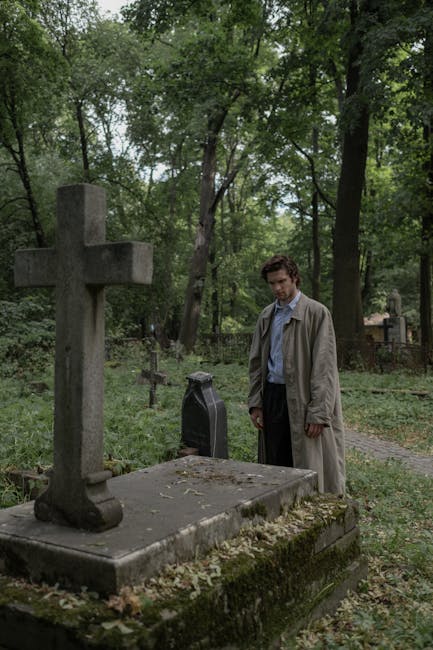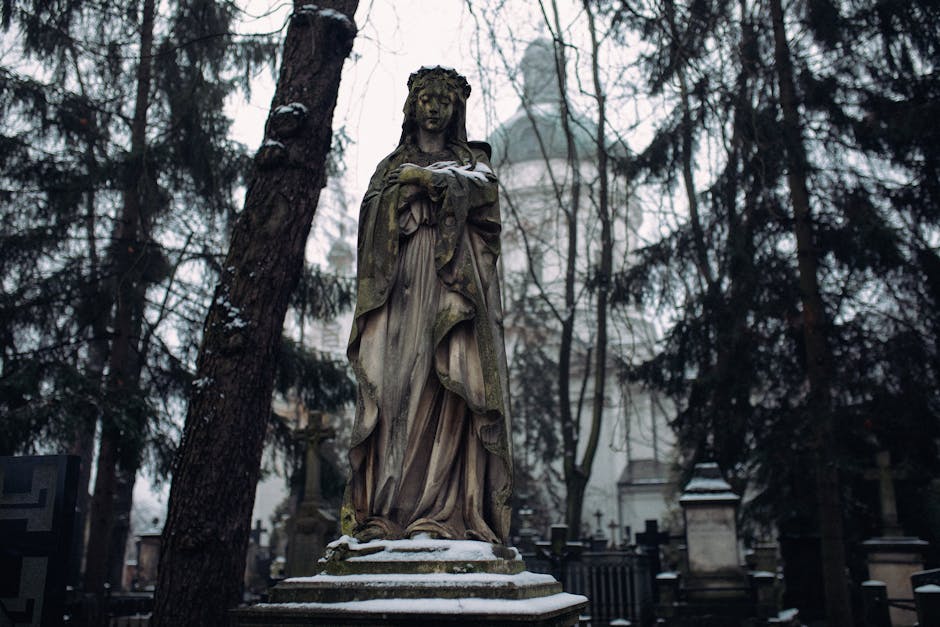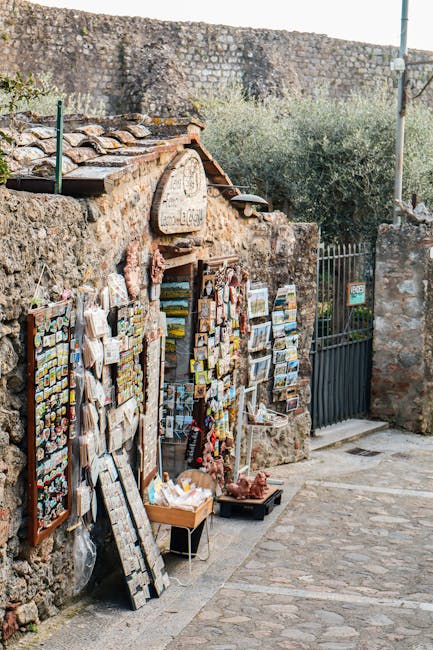From Decoration Day to Memorial Day: Unraveling the History of America’s Day of Remembrance
The Evolution of a National Holiday: From Decoration Day to Memorial Day
Memorial Day, a day dedicated to honoring the men and women who died while serving in the U.S. military, is a deeply ingrained part of American culture. Parades, picnics, and solemn ceremonies mark this day, but the origins of this significant holiday are often overlooked. Before it became Memorial Day, the holiday was known as Decoration Day, a name that reflects its earlier, more localized traditions and evolving meaning.

The Seeds of Remembrance: Early Post-Civil War Observances
The Civil War, a conflict that tore the nation apart, left an immeasurable scar on the American psyche. The staggering loss of life, estimated at over 620,000, demanded a collective acknowledgment of sacrifice. While individual communities held their own commemorations for fallen soldiers in the years immediately following the war, a unified national observance did not exist. These early gatherings, often held in spring, involved decorating the graves of soldiers with flowers, flags, and other symbols of remembrance. These spontaneous acts of remembrance formed the bedrock of what would become Decoration Day.
The precise origins of Decoration Day are difficult to pinpoint, with several towns claiming to be the birthplace of the tradition. However, several locations emerged as strong contenders, each with compelling narratives and evidence to support their claims. Among these is Waterloo, New York, where a group of women reportedly decorated the graves of soldiers in 1866. Other towns, like Boalsburg, Pennsylvania, and Columbus, Mississippi, also claim to have held similar ceremonies around the same time, showcasing the widespread desire to honor the fallen across the nation.
The Rise of Decoration Day: A Nation’s Shared Grief
The transition from scattered, localized observances to a more nationally recognized holiday was gradual. The growing popularity of decorating soldiers’ graves gained momentum throughout the 1870s and 1880s. The sheer number of casualties from the Civil War meant that almost every community felt the devastating impact of the loss. This shared grief, combined with the evolving social and political landscape of post-Reconstruction America, fostered a national desire for a day of remembrance.
Newspapers began reporting on Decoration Day observances, further spreading awareness and standardizing the practice. The consistent annual repetition of these ceremonies, combined with journalistic coverage, contributed to the gradual acceptance and recognition of Decoration Day as a significant national tradition. People from diverse backgrounds participated in these events, transcending sectional divisions that had been exacerbated by the war. This fostered a sense of national unity, symbolized by the shared act of honoring the fallen.

The Evolution of Rituals and Traditions
The rituals associated with Decoration Day evolved over time. Initially, the focus was primarily on decorating the graves of Civil War soldiers. However, as time passed, the commemoration broadened to include veterans from other conflicts as well. The types of decorations also evolved. The simple floral arrangements and flags of the early years grew to incorporate more elaborate displays, reflecting the evolving sensibilities of the nation.

Parades became a common feature of Decoration Day celebrations. These parades served as a powerful display of community unity and patriotism, featuring veterans, marching bands, and patriotic floats. These public demonstrations helped to solidify Decoration Day’s place in the American calendar and reinforced its importance as a national holiday.
The Official Recognition: Memorial Day’s Naming and Federal Observance
The official recognition of Memorial Day came later than the widespread practice of Decoration Day. It wasn’t until after World War I that the federal government officially recognized a national Memorial Day, officially renaming it from Decoration Day to Memorial Day. This change reflected the broader scope of remembrance, encompassing veterans from all American wars.
The official recognition, however, didn’t immediately lead to a nationwide uniform observance on a single date. For decades, some states celebrated it on different days. The current uniform observance of Memorial Day on the last Monday of May was established only in 1971. This act of standardization helped to further solidify the holiday’s place in American consciousness.
Beyond the Name Change: The Enduring Significance of Memorial Day
The change from Decoration Day to Memorial Day signified a shift in emphasis. While Decoration Day emphasized the act of decorating graves, Memorial Day places greater emphasis on the solemn remembrance of the fallen soldiers. It highlights the sacrifices made by those who served their country and the debt of gratitude owed to them. This shift reflects a broader societal evolution, where a greater focus is placed on the meaning and purpose behind the day.
Memorial Day is more than just a holiday; it’s a poignant reminder of the profound sacrifices made for the freedoms we enjoy. It’s a time for reflection, gratitude, and a renewed commitment to honoring the legacy of those who served and gave their lives for the nation. The evolution from Decoration Day to Memorial Day reflects the continuous evolution of the nation itself, and its ongoing efforts to reckon with its past and honor the lives lost in service of the country.
The Legacy of Decoration Day: A Foundation for Memorial Day
While the name changed, the core essence of Decoration Day lives on in Memorial Day. The spirit of remembrance, the community gatherings, and the solemn recognition of sacrifice are all enduring aspects of the holiday. Decoration Day served as the foundation upon which Memorial Day was built, a testament to the enduring power of local traditions to evolve into nationwide observances.
Understanding the origins of Decoration Day provides crucial context to our understanding of Memorial Day. It sheds light on the historical evolution of the holiday, its gradual acceptance, and its significance as a powerful symbol of national unity, remembrance, and gratitude. The name may have changed, but the fundamental spirit of respect and remembrance remains at the heart of this essential American holiday.
Key Takeaways: Understanding the Shift From Decoration Day to Memorial Day
- Decoration Day emerged from localized post-Civil War commemorations of fallen soldiers.
- The gradual acceptance of Decoration Day led to its widespread observance across the nation.
- The official renaming to Memorial Day broadened the scope of remembrance to include all American veterans.
- The federal standardization of the date solidified Memorial Day’s place in the American calendar.
- Memorial Day continues to serve as a powerful symbol of national unity, remembrance, and gratitude.




